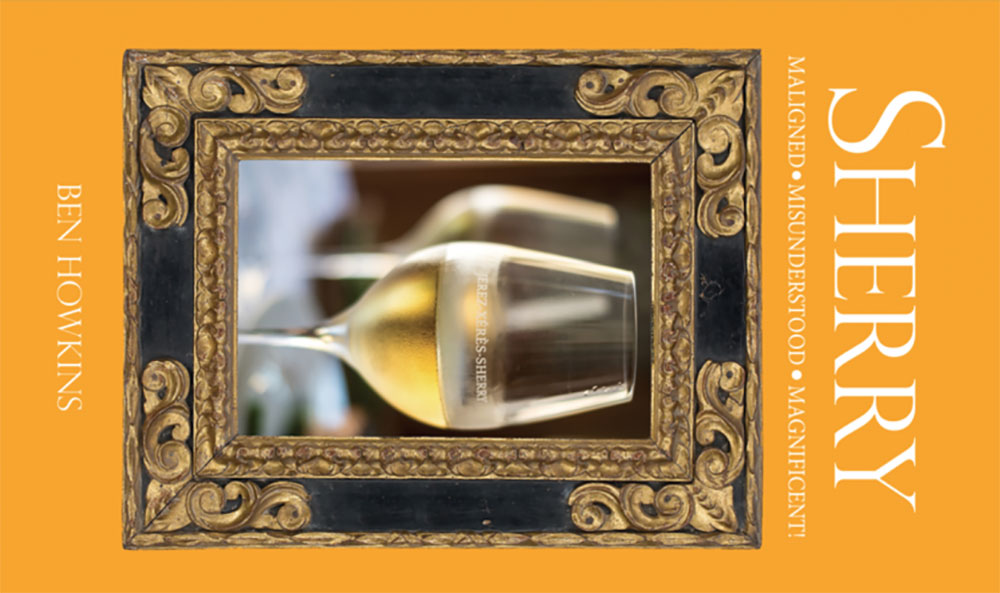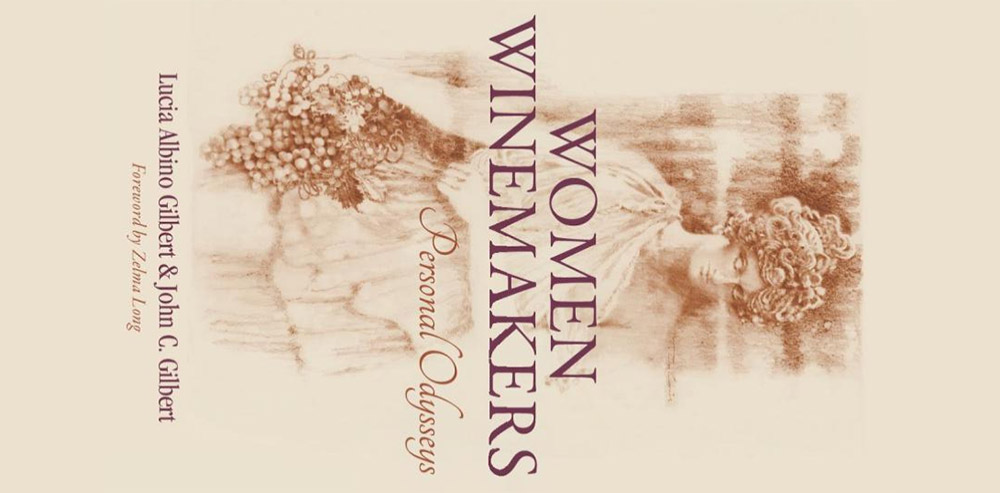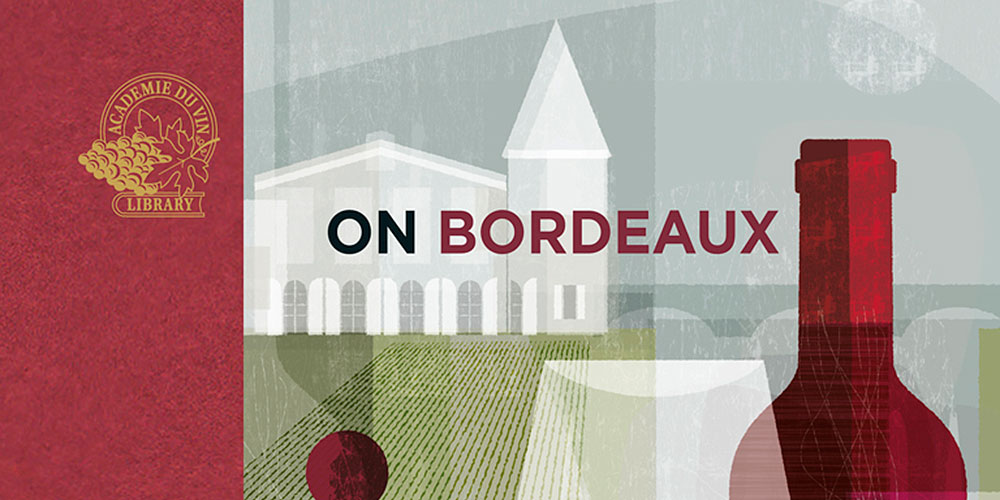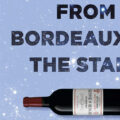Following in the footsteps of, “On Bordeaux“, the Académie du Vin Library has now released a new book in a similar vein called, “On California“. While Bordeaux and California are on opposite sides of the world, the scope of the books is very similar in that it’s a collection of writings by various authors (35 in this case) that covers a lengthy range of time of about the last century and a half. While very much Old World, if one is to really document Bordeaux’s rise, it actually follows a […]



